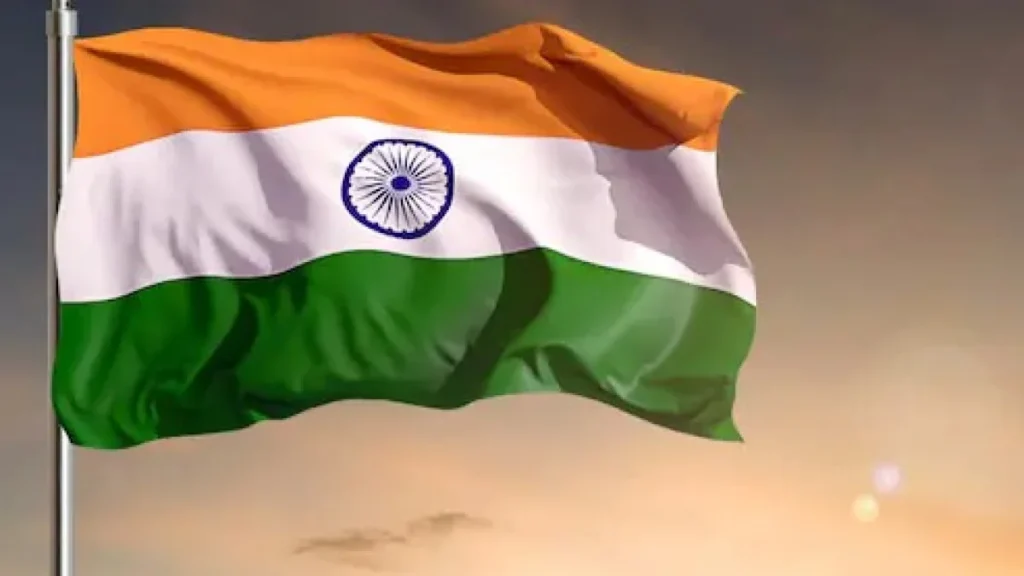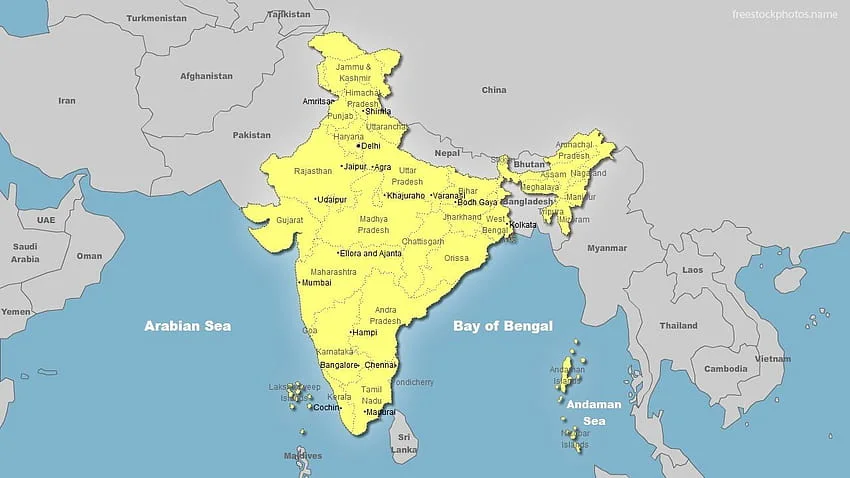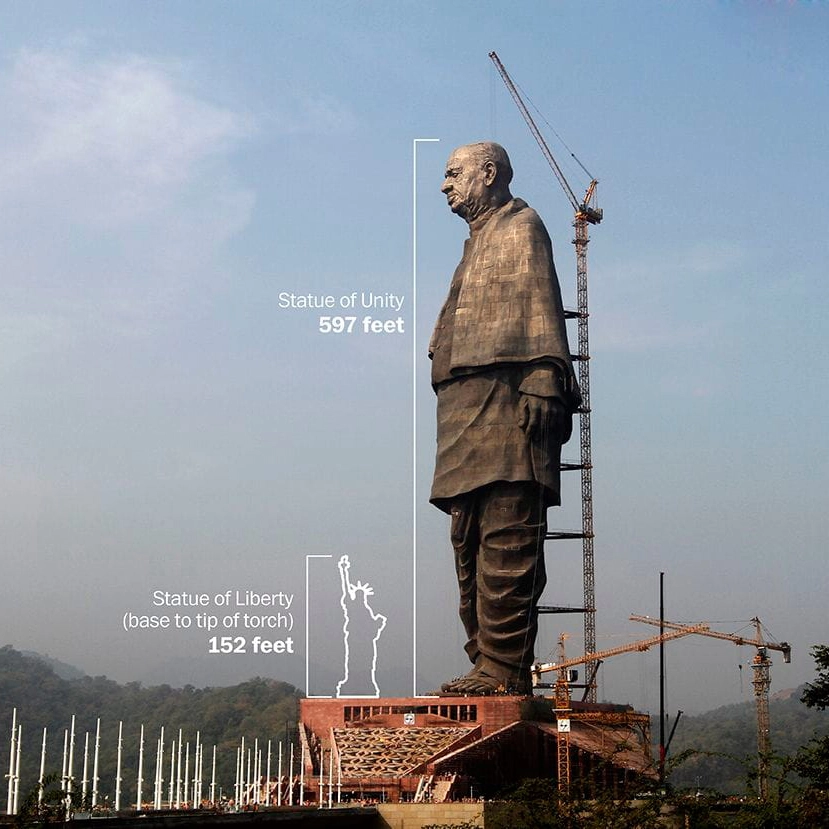My Country India Essay in English
Essay on My Country India: India is a diverse country with a rich cultural history, beautiful scenery, and a history that goes back more than 5,000 years. It is known all over the world for its unique traditions and cultures. In this Essay on My Country India, we will talk about India, its culture and geography, India on the map, the Indian flag, and some amazing facts about India. You can also find more Essay Writing articles about events, people, sports, technology, and many other things.
I am very proud of India, where I live. It has more people voting than any other country. We also have more people than any other country except China. We are the world’s seventh most industrialised country. Our economy and military strength are both in the top five.
500 Words Essay on My Country India for Students

India Is a Beautiful Place to Live:
India is the name of my country. Indians are people who live in India. India is on the Asian continent. It is also called “Bharat” and “Hindustan.” Because of this, the people who live in India are also called “Bharatiya” and “Hindustani.”
Our country has the second most people in the world, after China. The national flag of India has three colours across its width: deep saffron on the top, white in the middle, and green at the bottom. Ashoka Chakra, a navy blue wheel with white bands, is in the middle of the flag.
India is the seventh-largest country in the world, and it is in a beautiful part of the world. In the north, the country is surrounded by the Himalayas. In the south, the land thins out and falls into the Indian Ocean between the Bay of Bengal and the Arabian Sea. Nepal, Bhutan, Bangladesh, Pakistan, China, and Myanmar are all right next to India.
India is a country with a democracy. Our country got its freedom on August 15, 1947.
There are 28 states and 8 territories that are part of the Union. The President of India is both the leader of the country and the head of the army. The Prime Minister is in charge of the government and runs it with the help of the Cabinet Ministry, which is made up of the Council of Ministers. The Indian constitution is the most important rule of law in India.
The Indian States and the Parliament
Our country has 28 states and eight union states. In India, the national civil system is used to run the country. One level of government is intermediate, and the others are state-level.
The president is represented in the central government by the chief executives who are elected to their positions or by Parliament. The big Parliament, which makes laws for the whole country, is made up of 525 people.
The president gets help with his job from the government and minister councils. The most important parts of the government are Parliament, government committees that include the prime minister and vice president, and the Supreme Court. In India’s democratic form of government, the prime minister makes the first decisions and holds the “key.”
The Indian flag
The flag of India has three colours.
- White
- Saffron
- Green

The first colour in the flag, which is saffron and is at the top, stands for purity. The second colour on the flag, or the middle colour, is white, which stands for peace. The green colour, which is the third and lowest colour in the flag, means fertility. On the white colour, there is a blue Ashoka Chakra. Ashoka Chakra has twenty-four spokes that are all about the same size. There are 29 states and seven union territories in India.
India on A Map of The World
India is called the Republic of India by the government. This country’s map might show up on a globe. It is in South Asia and is the largest country on the Indian subcontinent. India is the seventh-largest country in the world by size. India is surrounded by China, Pakistan, Nepal, Bhutan, Bangladesh, Myanmar, and Bangladesh.

India is the second most populous country in the world. It is a democracy, and it is protected by nature in every way. The Himalayan Mountain range is on India’s northern border. It separates Kashmir and Arunachal Pradesh by about 1500 kilometres.
Some Facts about India
The world’s biggest democracy
India is the seventh-largest country in the world by area, with 3.29 million square kilometres. The UN estimates that 18 per cent of the world’s people live in this country.
India is known as the country with the most active government in the world. About 911 million people were signed up to vote in the 2019 general election.
World’s Largest Postal Network
According to India Post’s periodic report for 2018-19, India has a network of postal services. More than 80% of the branches are in areas with a lot of grass and trees.
Statue of Unity
India is known for having the tallest statue in the world, which is called the Statue of Unity. The 597-foot-tall (182-meter-tall) statue is of Sardar Vallabhbhai Patel, an insurgent who became India’s first Home Minister after the country became independent.

The Statue of Unity is twice as big as the Statue of Liberty in New York. It was shown to the public on October 31, 2018, to mark the anniversary of Sardar Patel’s birth.
The monument is on a small island in Gujarat called Sadhu Bet, which is about 200 km from Ahmedabad.
Chess was made in the Makuhari Kingdom in India in the sixth century AD.
India was the first place where Algebra, Trigonometry, and Calculus were studied.
Summary
India is a country that is both unique and beautiful. It has a long history, a lively culture, and beautiful scenery that make it a truly unique and special place.
Even though the country has a lot of problems, the spirit and strength of its people keep giving people hope for a better future.
Short Essay on my Country India for Students
India has a diverse culture, stunning landscapes, and a 5,000-year history. The seventh-largest country by land area and population is in South Asia. It has vibrant traditions, ancient monuments, and stunning natural wonders.
India has many religions, languages, and cultures. Hinduism, Islam, Christianity, Sikhism, and Buddhism are major religions in the country. India has over 1,600 languages, with Hindi and English being the official ones. Indigenous communities in the country have maintained their traditions and lifestyles.
India’s rich history begins with the Indus Valley Civilization in the northwest around 2500 BCE. India’s history includes the Mauryan, Mughal, and British Empires. India’s independence struggle under Mahatma Gandhi is crucial.
From the snow-capped Himalayas to the sun-kissed beaches of Goa and Kerala, India’s natural beauty is stunning. The country has tigers, elephants, and monkeys. Millions of tourists visit the Taj Mahal, one of the world’s seven wonders, to see India’s architectural grandeur.
Agriculture, manufacturing, and services dominate India’s economy. The country exports software and IT services, including Tata, Infosys, and Wipro. India’s rapid economic growth has also created a middle class and raised living standards.
Poverty, illiteracy, and social inequality still plague India. The Swachh Bharat Abhiyan and Digital India campaigns address these issues and improve citizens’ quality of life.
India is diverse and beautiful. Its rich history, vibrant culture, and stunning scenery make it special. Despite the country’s challenges, its people’s spirit and resilience inspire hope for a better future.

